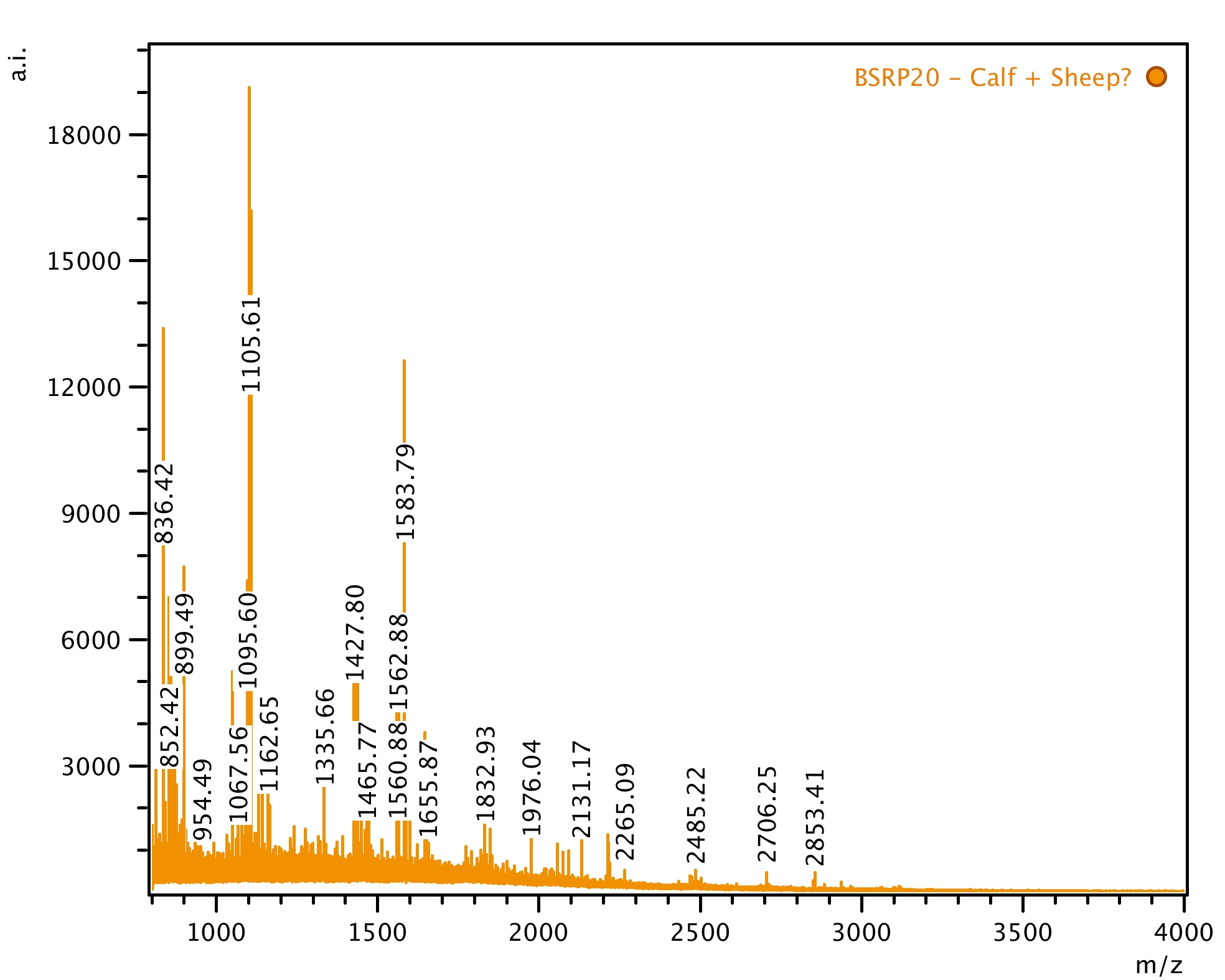Beasts2Craft
Electrostatic Zooarchaeology by Mass Spectrometry (eZooMS) is a non-destructive technique developed by Sarah Fiddyment of the Beasts2Craft research group for obtaining sample proteins from the surface of a heritage object. These samples can be subjected to peptide mass fingerprinting, and/or subsequent proteomic or genomic analysis.
In 2015 eZooMS was first used by researchers to resolve the debate over the use of so-called “uterine vellum” in ultra-thin 13th century pocket Bibles (Fiddyment et al, 2015 and 2019).
In collaboration with Fiddyment, Matthew Collins, and other members of Beasts2Craft, we are using eZooMS to identify the animal products used in making premodern books, including parchment, leather, and adhesive.
Canadian Collections
With our collaborators, including librarian Lauren Williams (featured here), we have been using eZooMS to analyze adhesives from premodern books in Canadian university libraries and museums––including Western University, the Thomas Fisher Rare Books Library, McGill University, UBC, and the Royal Ontario Museum.

